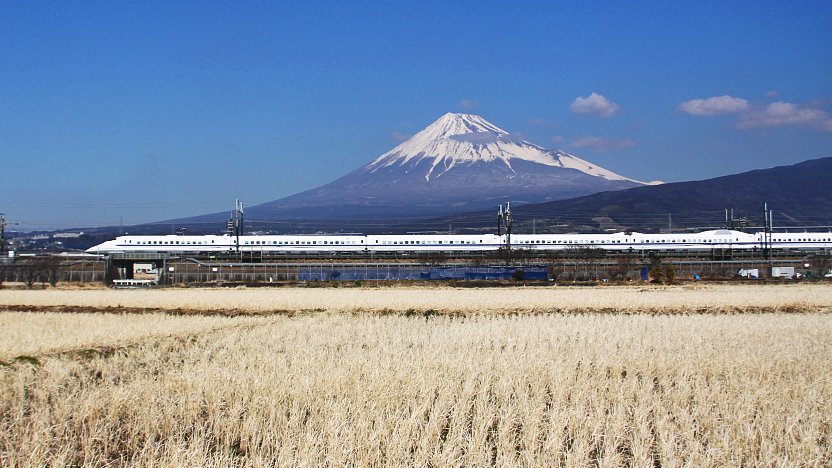I may have related a Toronto-Ottawa trip this year that opened my eyes. Our coach was roughly half full on leaving Toronto, with plenty of people seated facing the rear. When the Service Manager came through the car, they were immediately pounced on by people wanting to switch seats. The SM replied that sure, the car was not slated for further boarding en route, so pick any seat you like. There was an immediate stampede for the forward seats, with people cramming in to sit two to a seat just to face forward. Having lost my seatmate, I stretched out and enjoyed the rear-facing space (and the picture window) to myself. To each their own !
Charging for seat selection is an interesting idea...
And an old one. Airlines have monetized so much of the experience. And for all the whining, passengers still pay up. If the service is hourly and the fare is more or less what it is today, VIA could absolutely get away with charging for seat selection.
And once you put a price on something, people react very differently. Airlines these days have preferred seats in Economy. I've been on flights with a good bit of the preferred section was empty. One person bothered asking if they could sit there. And after being denied, they simply went back to playing with their phone in a normal Y seat. Would the folks on the train have bombarded that service manager to take up other seats if they were compelled at booking time to pay more for front facing seats? Also, VIA could then use free seat selection as a perk or even reserve front facing seats for preferred customers.
The real question here is how much does VIA get hurt by rear-facing seats. And I see no evidence, it's genuinely hurting VIA's bookings.
Why people book those super cheap seats with no space astounds me, unless they are 5 feet tall.
Because they are booking on price, as I said earlier. Expedia, Travelocity, etc. wouldn't exist if the average customer was even a bit more discriminating.
The only rarity are certain airlines like Southwest (does not allow booking on any engine) or JetBlue (effectively an upgraded economy experience). And that market clearly has a limit.
Air travel has long lost its allure for me, so I book aisle seats where I can stretch and use the loo without bothering anyone. I regularly pay the premium for the added legroom seats.
This where trains can really sell. Brightline offers 39" of seat pitch in Economy and Business Class. VIA's existing seating must be somewhat close. Compare this to 30-31" in Y and 36-39" in J on Air Canada and WestJet. This is the real advantage of a train.
I wish train cabin designers would leverage some of their knowledge from aviation to build better train cabins. It's always been bizarre to me that economy is comparatively luxurious on a train compared to a bus or airplane, and yet business class is such a marginal upgrade over economy, and barely on par with air. I would think trains would be able to offer fantastic business class seating. I am not a trainco economist, but I've always wondered why trains can't offer podded seats/suites like you would see on airline long haul. Airlines now see enough value to do this on routes as short as 5 hrs (YYZ-YVR, YYZ-SFO, etc.). So surely, there would be a case for something close on a 4 hr Union-Gare Centrale HFR ride. Not even necessarily a lie-flat seat. Just a podded cabin with good recline and infotainment/IFE (or I guess it's En Route Entertainment for a train?). If I'm going to pay as much as air fare for Via 1, I don't see why I can't get a private space to do work for a few hours en route.
I am sure
@Urban Sky will crush my dreams shortly. LOL. But this should be way easier to pull off on a train than an airplane:
Self-contained spaces to feature industry-first 4K screens

asia.nikkei.com
And I can imagine could command a relatively healthy premium, if not schedule constrained (ie hourly service....).






